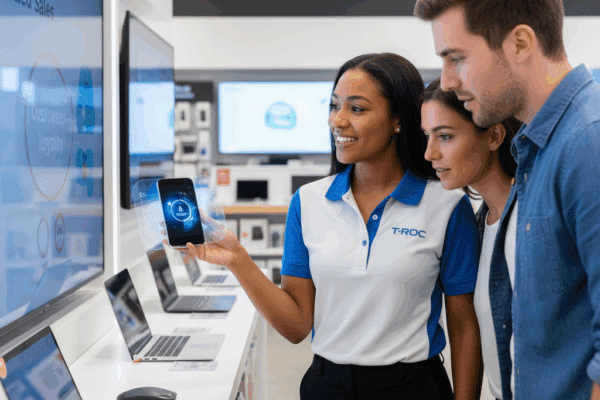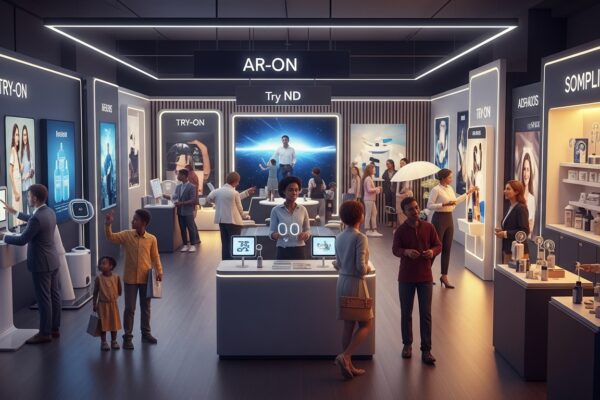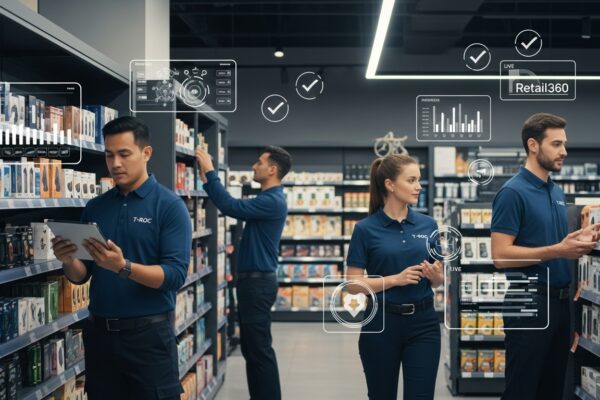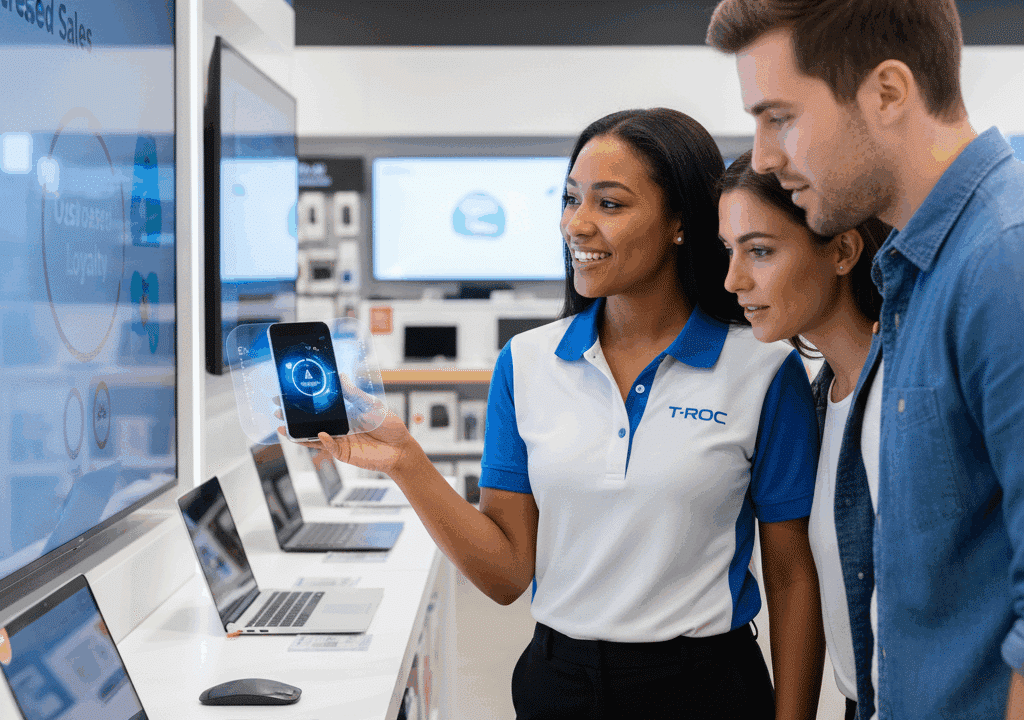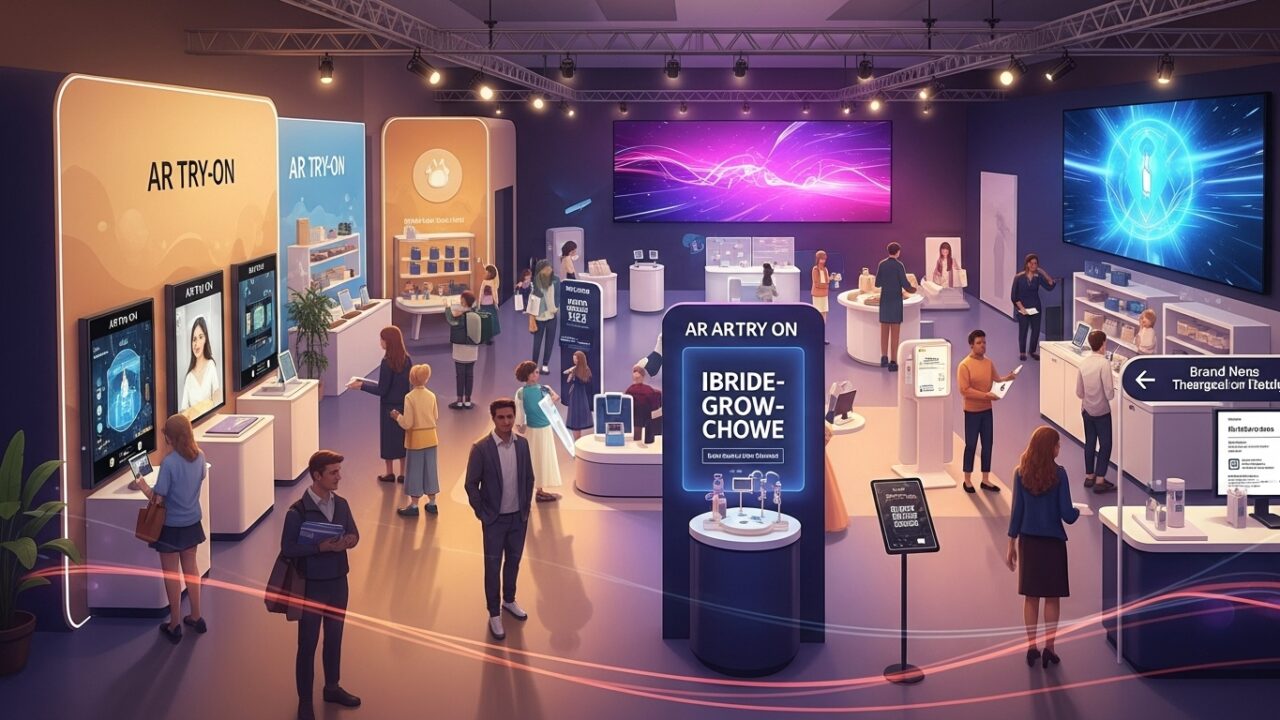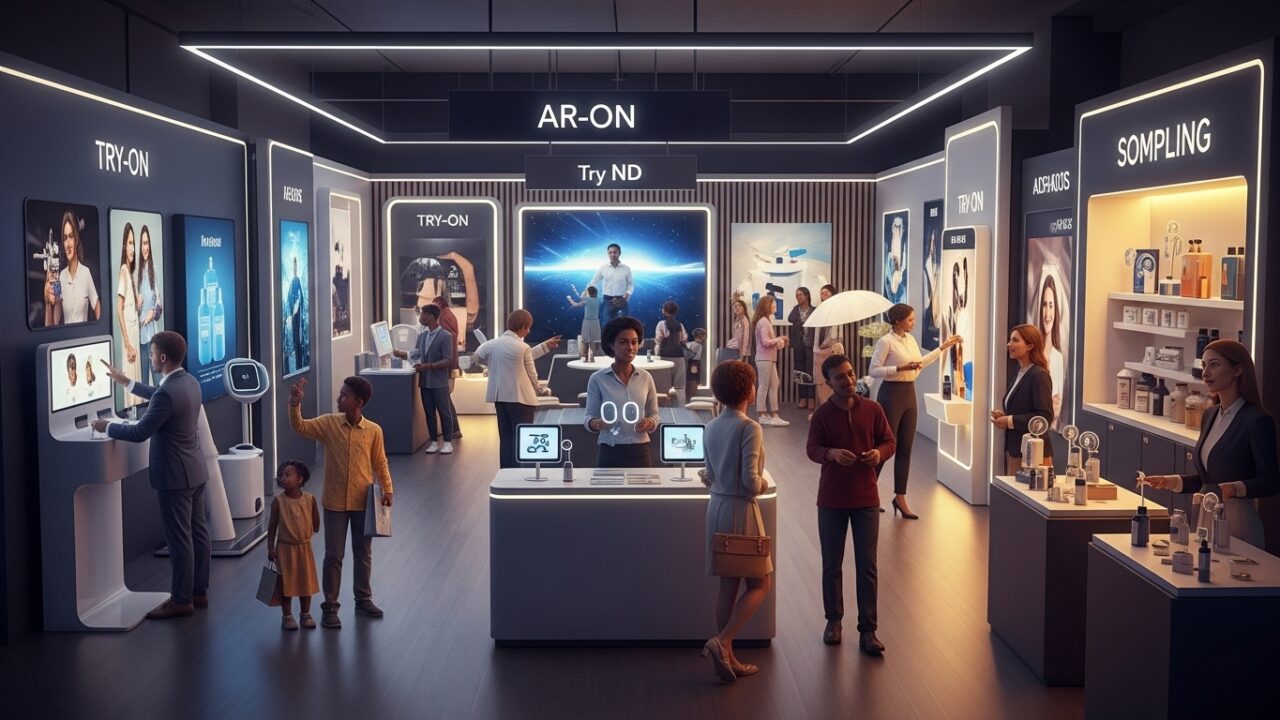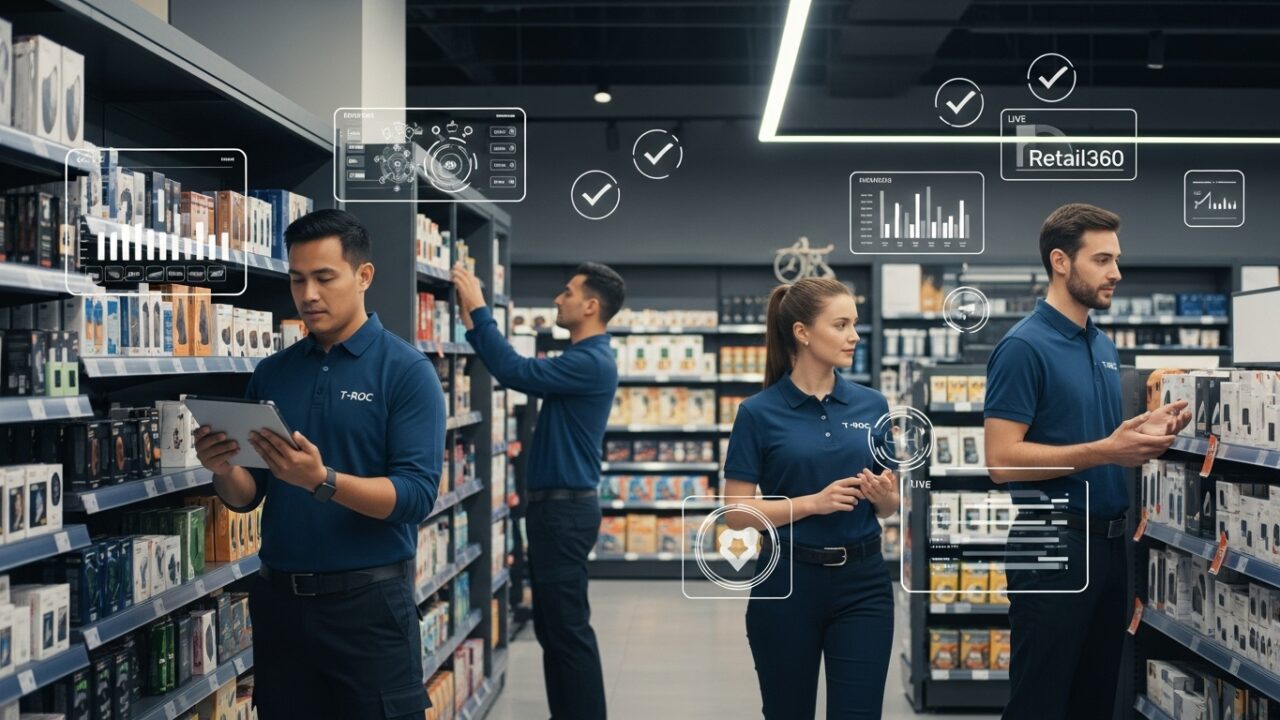
Master Holiday Retail with a Mystery Shopping
-
T-ROC Staff
-
Sep 22, 2025
-
6 mins read
For retailers, the holiday season is the Super Bowl. Months of planning, forecasting, and inventory management all culminate in a few frantic weeks where fortunes are made or lost. The marketing campaigns are launched, the festive displays are built, and the sales goals are set. But once the doors open on Black Friday, success is no longer about the plan. It’s about the execution.
In the chaotic, unscripted reality of the holiday rush, your brand’s fate rests on thousands of individual moments: a seasonal associate’s ability to find the right size, the speed of a checkout line, the way a complaint is handled. From the executive suite, you see the results—sales figures, traffic counts, and inventory turns. But this data is the what, not the why. It’s a box score that tells you who won, but not how the game was played. Mastering retail execution requires seeing the entire field, and that’s a perspective you can’t get from headquarters.
The View from HQ vs. The Reality on the Floor
Every retail leader operates with a set of assumptions about their in-store experience. We trust that our training programs were effective, that our merchandising directives were followed, and that our brand promise is being delivered consistently. But during the holidays, these assumptions are put to the ultimate test under the immense pressure of increased traffic and heightened customer expectations. Relying solely on sales data to gauge performance is like trying to drive a car by looking only in the rearview mirror. It tells you where you’ve been, but it can’t warn you about the obstacles directly ahead. This is why learning how to analyze retail sales data is so critical for context. A holiday mystery shopping service acts as your eyes and ears on the ground, providing an unvarnished, real-time look at what customers are actually experiencing. It bridges the gap between boardroom strategy and front-line reality, moving you from assumption to certainty.Lifting the Veil: What a Mystery Shopper Really Sees
An expertly designed mystery shopping program goes far beyond simple compliance checklists. It delves into the nuanced, high-stakes scenarios that define the holiday shopping experience, revealing insights that are invisible to traditional analytics.The Customer Experience Under Pressure
Your brand standards were designed for a typical Tuesday in April. How do they hold up under the strain of a packed store on the last Saturday before Christmas? A secret shopper doesn’t just check if an employee said “hello.” They assess the quality of that interaction amidst the chaos. Was the associate who was restocking shelves able to gracefully pivot to help a flustered customer, or did they seem annoyed by the interruption? This single moment defines the customer’s perception of your brand and is a core part of how you can revolutionize the customer experience. They measure the subtle cues—tone of voice, body language, and willingness to help—that determine whether a stressful shopping trip becomes a positive brand interaction.The Hidden Gaps in Seasonal Staffing
Seasonal employees are the lifeblood of holiday retail, but their onboarding is often compressed. Do they know the intricate details of the return policy? Can they speak confidently about the high-margin product you’re pushing this year? A mystery shopper can simulate real-world scenarios that test this knowledge in ways a training module cannot. They act as the ultimate guardians of your brand when full-time staff are stretched thin. These evaluations uncover the small knowledge gaps that, when multiplied across hundreds of employees and thousands of interactions, represent a massive loss of revenue and highlight the immense benefits of retail staff training.The Fragile Art of Merchandising
Your planogram is a work of art, a data-driven blueprint designed to guide the customer journey and maximize basket size. But on the floor, it’s a living, breathing entity that can fall into disarray in minutes. Mystery shoppers provide photographic evidence of the reality. That flagship promotional display? It’s blocked by a cart of misplaced items. The “doorbuster” deal? The signage is missing, rendering it invisible. A failure in strategic retail merchandising is a failure in the final and most important stage of your marketing funnel. It underscores the critical need for perfect planogram compliance and the overall importance of retail compliance at every level.From Insight to Impact: A Strategic Framework
Gathering data is easy; turning it into immediate, decisive action is what sets market leaders apart. The true power of a holiday mystery shopping program is its ability to create a tight feedback loop between the store floor and strategic decision-makers.1. Establish Your Mission-Critical KPIs
Before the first shopper is deployed, define what success looks like. Your goals may include:- Operational Excellence: Speed of checkout, store cleanliness, stock availability.
- Brand Representation: Consistency of staff greetings, accuracy of promotional messaging.
- Sales Effectiveness: Rates of upselling, product demonstration quality.
2. Deploy and Gather Intelligence
Trained, anonymous shoppers visit your stores with a clear mission based on your KPIs. They execute specific scenarios—from a simple product inquiry to a complex return—to test your systems under real-world pressure. They capture not just quantitative data (yes/no answers) but rich, qualitative feedback on the entire experience, often backed by photographic evidence.3. Analyze and Act in Real-Time
Modern programs use sophisticated dashboards that allow you to see results as they come in. This isn’t a report you wait weeks for; it’s a live intelligence feed.- Surgical Coaching: Instead of generic “do better” feedback, managers can use detailed reports to coach with precision. An insight like, “Associates in the West Region are not consistently mentioning our gift-wrapping service,” can be instantly addressed in pre-shift huddles, potentially lifting attachment rates that very same day.
- Dynamic Merchandising: Photographic evidence of a poorly executed display can be sent to a district manager in real-time, allowing them to correct the issue within hours, not weeks.
- Competitive Edge: Understanding how your execution compares to the retailer next door is invaluable. If your shoppers report long checkout lines while your competitor’s are running smoothly—perhaps due to automated retail technologies—it’s an immediate red flag that requires strategic intervention.

